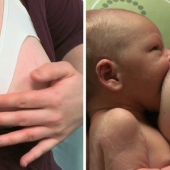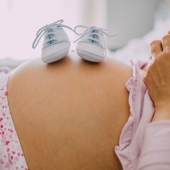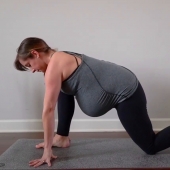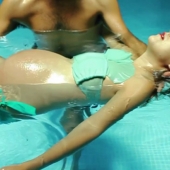Acupuncture and its related therapies are based on correcting imbalances and blockages of what Chinese medicine refers to as qi, or chi (pronounced CHEE), the flow of vital energy along internal pathways in our bodies.
The points treated in acupressure are usually the same areas used in acupuncture, but instead of using needles, pressure is applied through a firm massage on certain points of the body. Fingers (especially thumbs), hands, elbows, knees, and feet are used as tools to rub, knead, drum on, and vibrate against your skin. Shiatsu, the most well-known style of acupressure, is fairly vigorous, with the therapist applying firm pressure to each trigger point for three to five seconds.
Moxibustion works on the same basic principles as acupuncture, but instead of actually puncturing your skin with a needle, long sticks of the mugwort herb are burned near certain acupuncture points along your body. Both the heat from the burning and properties of the herb itself are thought to provide physical benefits.
Acupuncture has been shown to be particularly good at relieving morning sickness even in its most severe form, hyperemesis gravidarum. It may also be effective for alleviating migraines and decreasing exhaustion, as well as for stopping bleeding or spotting in the early months of pregnancy. These tiny, twisty needles (most people say they don't hurt at all) may also extinguish heartburn, shrink hemorrhoids, and ease aches and pains from sciatica to carpal tunnel to back trouble.
Acupressure can be very helpful in relieving morning sickness (in the form of Sea-Bands or relief bands worn around the wrists) or back pain, among other pregnancy complaints. It can also help relieve the pain of contractions during labor.
- 42 views













